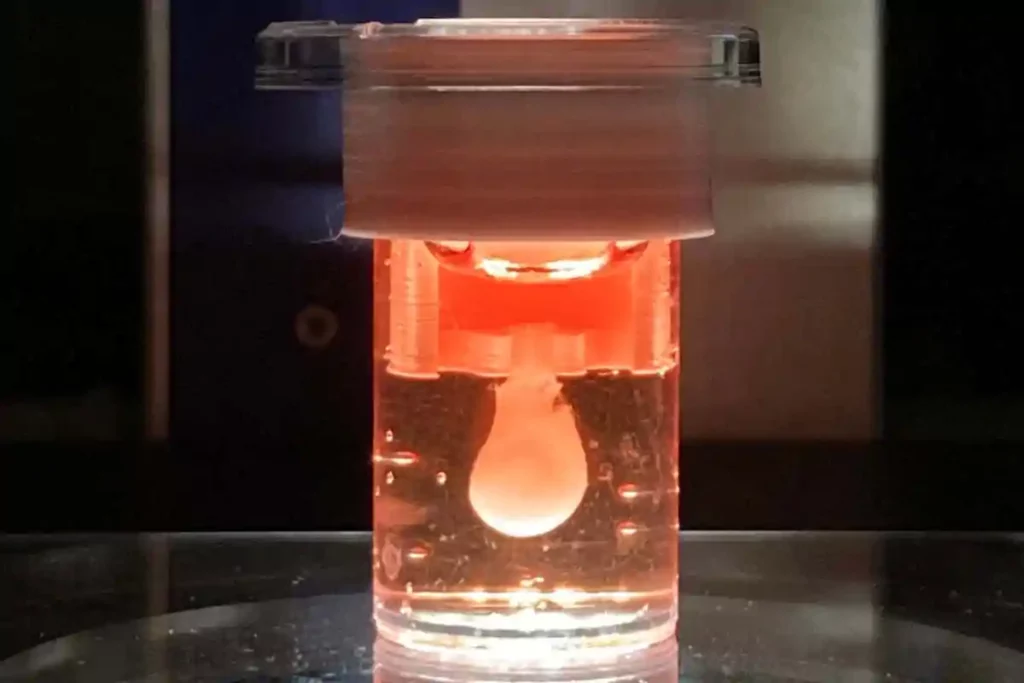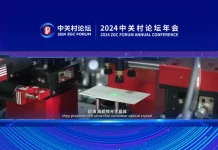According to recent news from IT Home, a team of scientists at the University of Erlangen-Nuremberg in Germany has accomplished a remarkable feat in the field of 3D printing technology. As reported by the British publication “New Scientist,” these researchers successfully created a miniature heart chamber using 3D printing, capable of autonomously beating for over 100 days.
The 3D Printed Heart continued to beat for 100 days autonomously
The groundbreaking experiment involved the use of human cardiomyocytes, collagen, and hyaluronic acid, combined to form a unique “biological ink.” This specialized ink was then carefully injected into a gel-supported cardiac tissue structure using a nozzle. Once printed, the gel solidified, resulting in the creation of an authentic artificial heart chamber.

Typically, a complete human heart is composed of four chambers, with the cardiac chambers located at its base. The scientists managed to 3D print tiny heart chambers, measuring a mere 14 millimeters in height and 8 millimeters in diameter. These miniature chambers, approximately one-sixth the size of real human heart chambers, exhibited remarkable functionality. They began beating just a week after printing and continued to beat autonomously for an impressive 100-day period.
In their future endeavours, the researchers aim to inject a second bio-ink into these microchambers. This innovative approach will enable the growth of blood vessels within the chambers, ultimately paving the way for the printing of a completely functional heart.
This achievement builds upon the growing impact of 3D printing technology in the field of life sciences. British scientists recently made headlines by successfully implanting a conductive circuit into a living organism using 3D printing. This breakthrough paves the way for potential future research in the exciting field of brain-computer interfaces.
While these advancements are undoubtedly remarkable, it is important to note that the utilization of external jump links contained in this article, including hyperlinks, QR codes, and passwords, serve the purpose of conveying supplementary information and saving time. Readers should approach these resources as references for further exploration.
As the field of 3D printing continues to evolve, breakthroughs like these hold great promise for revolutionizing healthcare and advancing medical science, offering hope for millions of patients worldwide awaiting organ transplantation.
RELATED:
- Google Researchers Introduce AudioPaLM: A New Language Model That Can Listen, Speak, and Translate
- 3D Printing Electronics Inside Living Organisms, The Future of Medical Implants
- Best Password Managers of 2023: Top 5 Picks
(Via)







